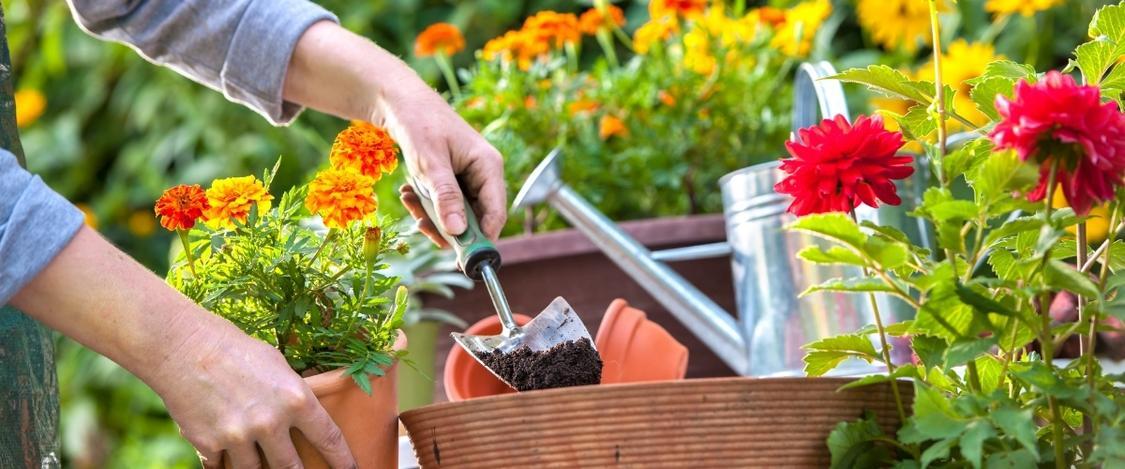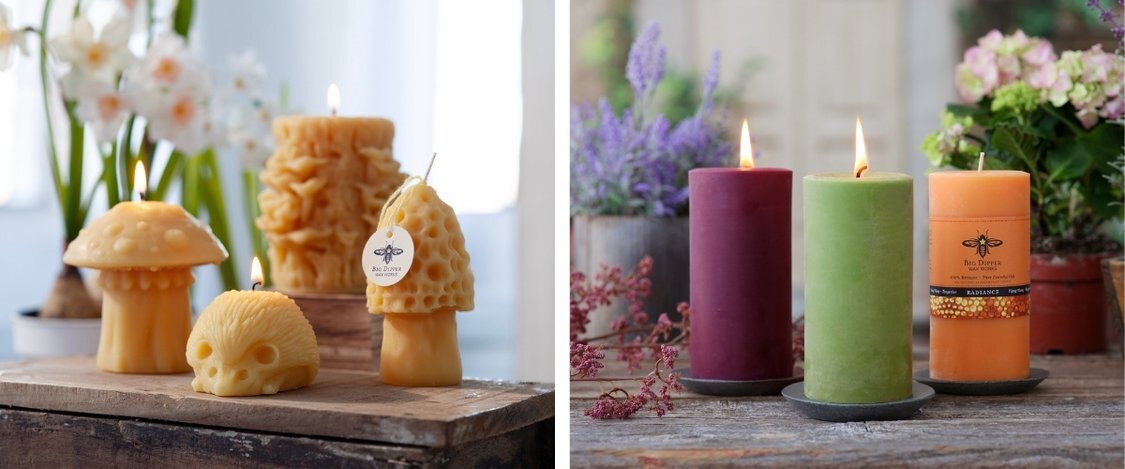Creating a Pro-Pollinator Garden at Home for National Garden Month
Apr 2nd 2025
April is National Garden Month, and what better way to celebrate than by creating a garden that supports one of nature's most essential creatures: pollinators. Pollinators like bees, butterflies, and birds are crucial for the health of our ecosystems, and their services are responsible for about one in every three bites of food we eat. With their populations in decline, it’s more important than ever to provide them with safe, welcoming habitats right in our own backyards.
Why Create a Pro-Pollinator Garden?
Pollinators are responsible for fertilizing about 75% of flowering plants, which include more than 35% of the world’s food crops. Unfortunately, their populations are under threat from habitat loss, pesticide use, climate change, and disease. By creating a garden with the right plants and features, you can provide a safe haven that helps sustain these essential creatures.
Our friends over at Pollinator Partnership, an organization dedicated to promoting the health of pollinators, have numerous resources to help guide you in creating a pollinator-friendly garden. Here are a few tips to start:
1. Choose the Right Plants
The first step to a pollinator-friendly garden is selecting plants that will attract and nourish pollinators. Not all plants are created equal when it comes to pollinator health, so it’s important to pick species that provide nectar, pollen, and shelter.
Pollinator Partnership offers region-specific plant guides to help you choose the best plants for your area. You can find these helpful resources on their website, including guides for:
-
Native Plants: Native plants are particularly beneficial because they are adapted to the local climate and ecosystem, which makes them a reliable food source for local pollinators.
-
Flowers with High Nectar Content: Pollinators, especially bees and butterflies, rely on nectar as their main food source. Look for flowers like echinacea, sunflowers, and asters.
-
Plants for All Seasons: Ensure your garden blooms through multiple seasons to provide food for pollinators year-round. Include early-blooming crocus and late-season goldenrod to help pollinators in the spring and fall.
Explore Pollinator Partnership’s extensive plant guides and download them based on your specific region here.

2. Create Habitat Features for Pollinators
It’s not just about flowers! Pollinators also need spaces for nesting and shelter. When designing your garden, be sure to include some of the following features:
-
Bee Habitats: Solitary bees, like mason bees, need places to nest. Create small bee hotels using natural materials like twigs, bamboo stalks, or hollow reeds.
-
Butterfly Puddling Areas: Butterflies need a place to drink water and absorb minerals. A small, shallow dish with sand and water will do the trick.
-
Wildflower Patches: Planting a variety of wildflowers can offer great shelter and food for bees, butterflies, and other pollinators.
-
Shrubs and Trees: Include trees and shrubs like willows or serviceberries. They provide nesting sites and early nectar for pollinators.
If you’re looking for detailed guides on creating these habitats, you can find more information on the Pollinator Partnership’s Habitat guides.
3. Avoid Pesticides and Herbicides
One of the most important things you can do for pollinators is to avoid using harmful chemicals. Pesticides and herbicides are toxic to pollinators and can disrupt their natural behaviors. Opt for organic gardening methods, and encourage natural predators like ladybugs to keep pests in check. If you must use pest control, look for bee-friendly, non-toxic alternatives.
4. Add Water Sources
Like any living creature, pollinators need water. Including a birdbath, small pond, or even a shallow dish with water in your garden will help keep pollinators hydrated. Be sure to add some stones or sticks so they can land safely and drink without the risk of drowning.
5. Get Involved with Pollinator Conservation Efforts
If you’re passionate about helping pollinators beyond your own garden, consider supporting the work of Pollinator Partnership and other conservation organizations. They offer opportunities for you to donate, volunteer, and spread the word about the importance of pollinator health.
A Simple Alternative: Beeswax Candles from Big Dipper Wax Works
Not everyone has the ability to plant a full-fledged pollinator garden, but there’s an easy and meaningful way to support pollinators even without a green thumb: buy beeswax candles from sustainable companies like us at Big Dipper Wax Works. Beeswax is a natural byproduct of honeybees, and by supporting a business that uses beeswax, you’re also helping to sustain bee populations. At Big Dipper Wax Works, we also take it a step further and give back 5% of all net profits to organizations including Pollinator Partnership that are dedicated to conservation, education, and outreach in order to ensure the health of our pollinators.

Beeswax candles are not only eco-friendly and non-toxic, but they also burn cleanly and emit a subtle, honey-like fragrance that comes from the natural filtration process. By choosing beeswax candles from Big Dipper Wax Works, you’re helping support a company that is dedicated to preserving the health of pollinators and their habitats.
This National Garden Month, why not make your garden a welcoming space for pollinators? Whether you have a large yard or a small balcony, creating a pro-pollinator garden is a wonderful way to support the creatures that help sustain our ecosystems and food systems. And even if gardening isn’t possible for you, lighting one of our beeswax candles is a simple and effective way to support pollinators and enjoy the benefits of their hard work.
For more tips and resources on creating a pollinator-friendly garden, visit the Pollinator Partnership’s website. Happy gardening!

